Amazon sailfin catfish - Pterygoplichthys pardalis
Scientific name: Pterygoplichthys pardalis
Common name: Amazon sailfin catfish
Family: Loricariidae
Usual size in fish tanks: 41 - 46 cm (16.14 - 18.11 inch)
014
Recommended pH range for the species: 7 - 7.6
Recommended water hardness (dGH): 6 - 21°N (107.14 - 375ppm)
0°C 32°F30°C 86°F
Recommended temperature: 22 - 29 °C (71.6 - 84.2°F)
The way how these fish reproduce: Spawning
Where the species comes from: South America
Temperament to its own species: peaceful
Temperament toward other fish species: peaceful
Usual place in the tank: Bottom levels
Origin
The Amazon Sailfin Catfish (Pterygoplichthys pardalis) is native to the freshwater river deltas of South America, particularly the Amazon Basin. These catfish are often found in slow-moving rivers and streams with plenty of submerged driftwood and vegetation. In the wild, they use their specialized mouthparts to cling to rocks and substrate, feeding on algae and other plant matter.
Tank Requirements
Given their large size, Amazon Sailfin Catfish require a spacious tank of at least 500 liters (132 gallons) to provide adequate swimming and hiding space. The tank should include plenty of driftwood, rocks, and tubes to mimic their natural habitat and offer shelter. A soft sandy substrate is preferred, as these catfish spend most of their time on the tank bottom.
They thrive in a range of water conditions, with a pH of 7.0-7.6 and water hardness between 6-21°N (107.14-375 ppm). The ideal temperature for keeping these catfish is between 22-29°C (71.6-84.2°F). A strong filtration system is essential due to their high waste production, and regular water changes are necessary to maintain water quality. Additionally, they appreciate a moderate current in the tank, which can be created using powerheads or filter outlets.
Tankmates
Amazon Sailfin Catfish are generally peaceful and can be kept with a variety of similarly peaceful species. Suitable tankmates include:
- Oscar Cichlid (Astronotus ocellatus)
- Severum (Heros efasciatus)
- Silver Dollar (Metynnis hypsauchen)
- Angelfish (Pterophyllum scalare)
However, as they mature, they can become territorial with other bottom-dwelling catfish, so it is best to avoid keeping them with other large Plecostomus species. It is important to provide ample hiding spots to minimize territorial disputes and stress.
Food and Feeding
The Amazon Sailfin Catfish is primarily herbivorous and should be offered a diet rich in vegetable matter. A quality algae wafer or flake food can serve as the staple diet, but it is important to supplement this with fresh vegetables like lettuce, spinach, zucchini, and peas. Feeding them blanched vegetables several times a week will help replicate their natural diet and keep them healthy. They may also consume any algae growing in the tank, although they should not be relied upon solely for algae control.
Despite their preference for plant-based foods, they will occasionally accept protein-rich treats like bloodworms or brine shrimp, especially when they are young. However, these should only be offered sparingly to avoid digestive issues. Feed them once or twice a day, providing only what they can consume in a few minutes.
Sexing
Sexing Amazon Sailfin Catfish is challenging as there are no distinct visible differences between males and females. Some experienced keepers note that males may have slightly broader heads, but this is not a reliable method for most aquarists.
Breeding
Breeding Amazon Sailfin Catfish in home aquariums can be difficult due to their size and specific requirements. For successful spawning, provide tubes or clay piping in the breeding tank as suitable nesting sites. The male will clean the chosen site to attract the female. After laying the eggs, the female does not participate in parenting. The male guards the eggs vigilantly until they hatch, which usually takes about a week. The fry will remain in the nest until they are ready to swim freely.
Once the fry emerge, they can be fed a diet of crushed flake, newly hatched brine shrimp, or finely shredded algae wafers. As they grow, introduce more plant-based foods to ensure a balanced diet.
Lifespan
The Amazon Sailfin Catfish has an impressive lifespan, often living up to 15 years with proper care. Due to their large size and waste production, maintaining a clean tank and providing a suitable diet is crucial for their longevity.
Short Description
Pterygoplichthys pardalis, commonly known as the Amazon Sailfin Catfish, is a hardy and peaceful species that spends most of its time at the bottom of the aquarium. These catfish can reach sizes of up to 46 cm (18.11 inches) in captivity, so they require a large, well-maintained tank. They are known for producing a lot of waste, which necessitates a powerful filtration system and frequent water changes. While generally peaceful, they can become territorial with other bottom-dwelling fish as they mature, so careful consideration of tankmates is essential.
Pictures
Bought by aqua-fish.net from jjphoto.dk.






 Adonis
Adonis 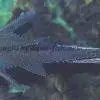 Lyre
Lyre 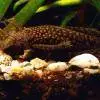 Bristlenose
Bristlenose 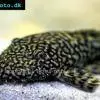 Gold
Gold  Bushymouth
Bushymouth  Spotted
Spotted  Medusa
Medusa  Bristlenose
Bristlenose 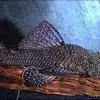 Starlight
Starlight  Spotted
Spotted 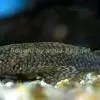 Catfish
Catfish  Bushynose
Bushynose 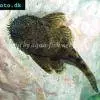 Bristlenose
Bristlenose  Green
Green 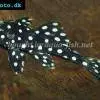 LDA-33
LDA-33 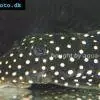 Snowflake
Snowflake  Gold
Gold 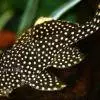 Gold
Gold  Bulldog
Bulldog 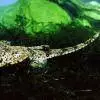 Dasyloricaria
Dasyloricaria 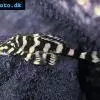 Butterfly
Butterfly  Whiptail
Whiptail 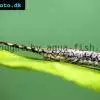 Amazon
Amazon  Twig
Twig 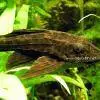 Spotted
Spotted  Spotted
Spotted  Lemon
Lemon  Pleco
Pleco 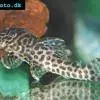 Peruvian
Peruvian 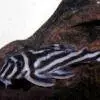 Zebra
Zebra 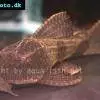 Pleco
Pleco  Hypostomus
Hypostomus 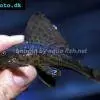 Pleco
Pleco  Suckermouth
Suckermouth  Common
Common  Woodeating
Woodeating  Golden
Golden 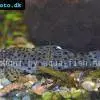 Sultan
Sultan  Multiradiatus
Multiradiatus 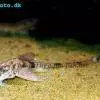 Marbled
Marbled 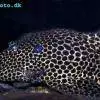 Pleco
Pleco  Dwarf
Dwarf 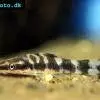 Dwarf
Dwarf  Dwarf
Dwarf  Oxyropsis
Oxyropsis  Orange
Orange  Blue
Blue  Clown
Clown 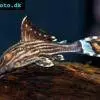 Royal
Royal 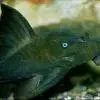 Blue
Blue  Rubber
Rubber  Goby
Goby  Wormline
Wormline  Para
Para  Tiger
Tiger  Leopard
Leopard 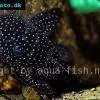 Spiny
Spiny  Marbled
Marbled  Common
Common  Sunshine
Sunshine  Golden
Golden